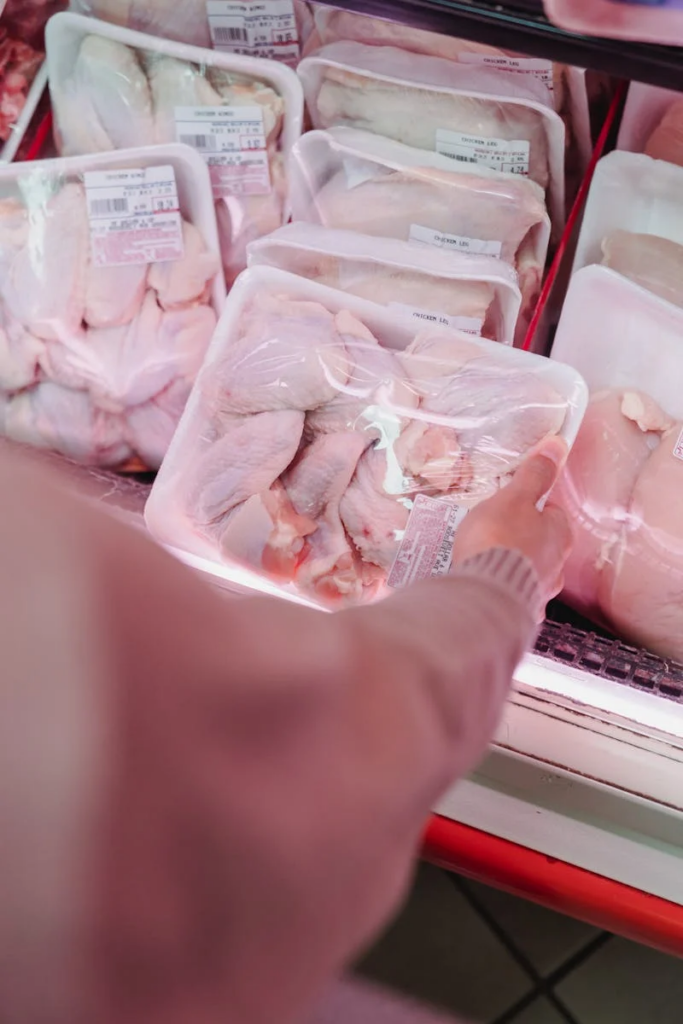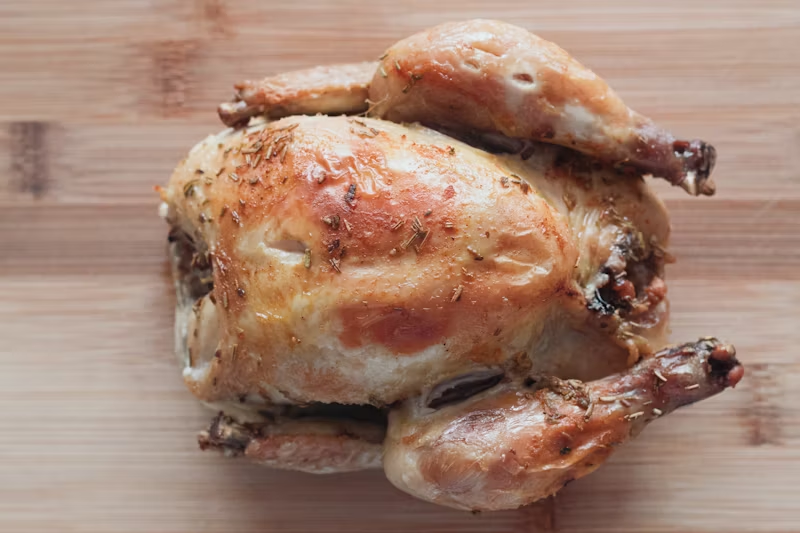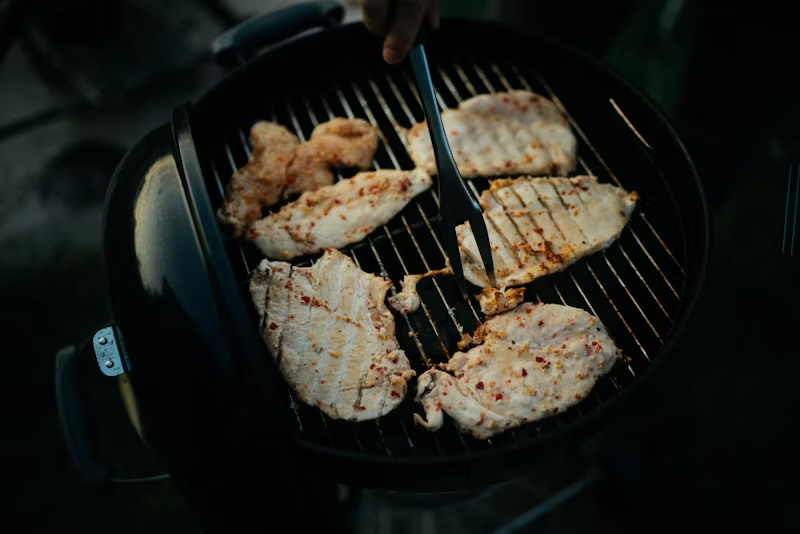If you’ve ever cooked chicken and noticed a slimy, white substance pooling in the pan or clinging to the meat, you’re not alone. While it may look unappetizing, this occurrence is completely normal, harmless, and easy to explain.
What Is the White Goo?
The white substance is simply a combination of protein and water being released from the chicken during cooking. When heat is applied, muscle fibers contract, squeezing out liquid. As the liquid cooks, the proteins solidify and turn white—similar to how egg whites change when heated.
Food scientist Dr. Topher McNeil explains, “The [chicken] muscles themselves actually contract and squeeze out the liquid that’s in between muscle cells.” In other words, the white goo is just a natural byproduct of cooking.

Why Does It Happen?
This phenomenon can occur with any chicken but is more common with frozen or previously frozen meat. Freezing creates ice crystals within muscle cells, which rupture the fibers and release more liquid when thawed and cooked. The more times chicken is frozen and thawed, the more noticeable the effect—similar to how frozen fruit leaks liquid when softened.
The Science Behind It
The goo closely resembles egg whites because both contain high levels of albumin, a protein that coagulates when exposed to heat. “The main protein in egg whites is albumin, which accounts for about half of the protein in chicken juices,” culinary experts explain.
Is It Safe to Eat?
Yes, the white goo is completely safe to eat. It’s just cooked protein and water, even if it doesn’t look very appetizing. However, if the goo has an unusual color or odor, it could be a sign that the chicken is spoiled.

How to Reduce the Goo
While you can’t completely eliminate it, there are ways to minimize its appearance:

